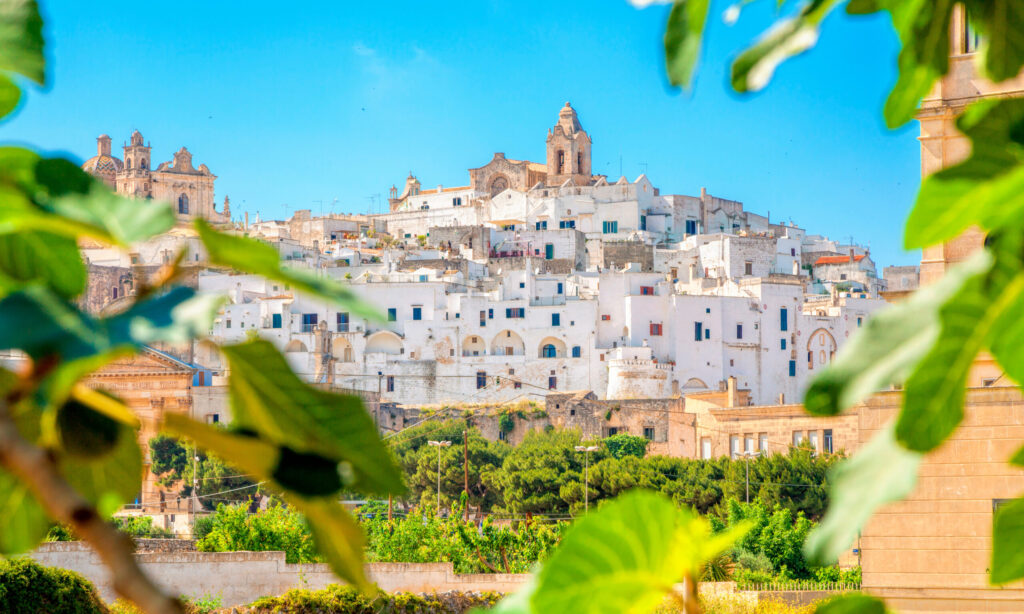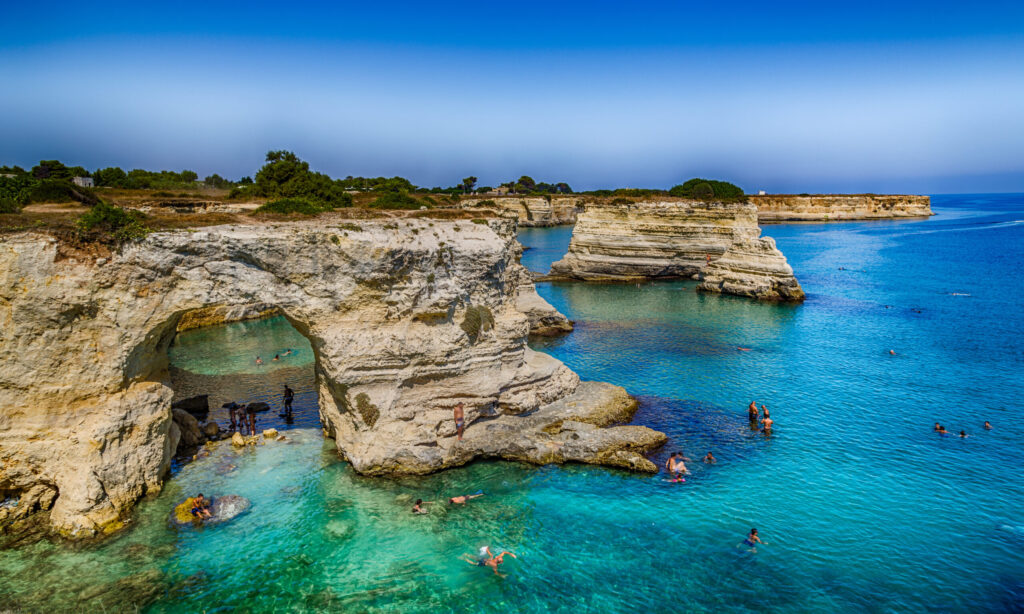Provinces & Capitals of
Abruzzo
Abruzzo is a region of Southern Italy, which is divided into four provinces: L'Aquila, Teramo, Pescara, and Chieti. The capital of Abruzzo is L'Aquila, located in the province of the same name.
Discovering the provinces and capitals of Abruzzo: A guide to the heart of Southern Italy.
This diverse region in the heart of Italy is divided into the following four provinces:
The provinces of Teramo & L’Aquila
Teramo is located in the north of Abruzzo and is well-developed for tourism. Around 50 km of coastline with well-kept seaside resorts and fine sandy beaches make the heart of every holidaymaker beat faster! The hinterland is characterised by colourful vineyards and lots of small hill towns among which will find wonderful old churches and the gigantic Gran Sasso massif with an altitude of almost 3000 metres. The provincial capital Teramo lies in the centre of the province and attracts visitors with historical remains from ancient times.
The province of L’Aquila joins Teramo in the southwest. The provincial capital of the same name is also the capital of Abruzzo and lies high up on a plateau at the foot of the Gran Sasso. To the southeast is the Aterno Valley, Italy’s most important saffron-growing area, and the wide Campo Imperatore plateau, the stony heart of Abruzzo. It is part of the 150,000-hectare Gran Sasso National Park, which is the largest in central Italy. The foothills of the massif are dotted with picturesque and tranquil mountain villages.
The Provinces of Pescara & Chieti
The province of Pescara stretches in a wedge shape from the Adriatic coast to the peaks of the central Apennines and borders L’Aquila to the west. The economic and transport centre is the provincial capital of the same name on the coast. The interior shines with some art-historical highlights: picturesque villages such as the Ovid town of Sulmona, Popoli and Caramanico Terme and impressive churches. All of these sites are against the mighty backdrop of the Majella massif with its scenic beauty and diversity!
Chieti borders the Molise region to the southwest and the Adriatic Sea to the northeast. The capital of the province is perched high on a hill 330 metres above sea level, just 14 km inland from Pescara. The pretty old town invites you to stroll through the medieval alleys. The province has hilly and mountainous landscapes, rugged and uninhabited areas in the north, and is dotted with small towns in the south.
Chieti also includes a large part of the Majella, the second-highest mountain in the Apennines (2,794m).
The Altamura bread has a long tradition in Apulia and owes its excellent quality not only to its raw materials but also to the traditional manufacturing method. It consists of five steps. After adding water, salt and yeast they are: kneading – forming – letting the dough rise – forming – baking (in brickkilns). Thus, it gets its fine taste, a good digestibility and long durability.
Winegrowing in Apulia
The winegrowing is also deeply rooted in the Apulian tradition. The mild climate conditions favour the vineyards and therefore it is no surprise, that Apulia produces more wine than any other Italian region! Nowadays, there are 25 DOC wine regions in Apulia.
The most famous grape is the “Primitivo”, which is full-bodied and has a high alcoholic content. The most cultivated grape variety is the “Negroamaro”. The cultivation of white wine grapes accounts for only 20% of the entire production, with an increasing trend. Since recently, you can also find excellent rosé wines.
We have selected some regional quality wines:
- The most famous quality wine from Apulia is the “Castel del Monte”, which is named after the Stauffer castle of Friedrich II. The winegrowing regions lie nearby the castle.
- The “Salice Salentino” is originated from the province Lecce. Its red and rosé wines pertain to the high-class of the Salentine wines, and its white wine Chardonnay is a quality wine.
- The “Rosa del Golfo” is produced in Alézio in Salento and is the No. 1 of the rosé wines.
- The “Locorotondo” thrives in the Valle d’Itria. It is made of the regional grapes Verdesca and Bianco d’Alessano and is one of the best Apulian DOC white wines.
- The “Moscato di Trani” is one of the best Southern Italian dessert wines. It is available as Dolce natural (15% vol.) and Liquoroso (18% vol.).

























































